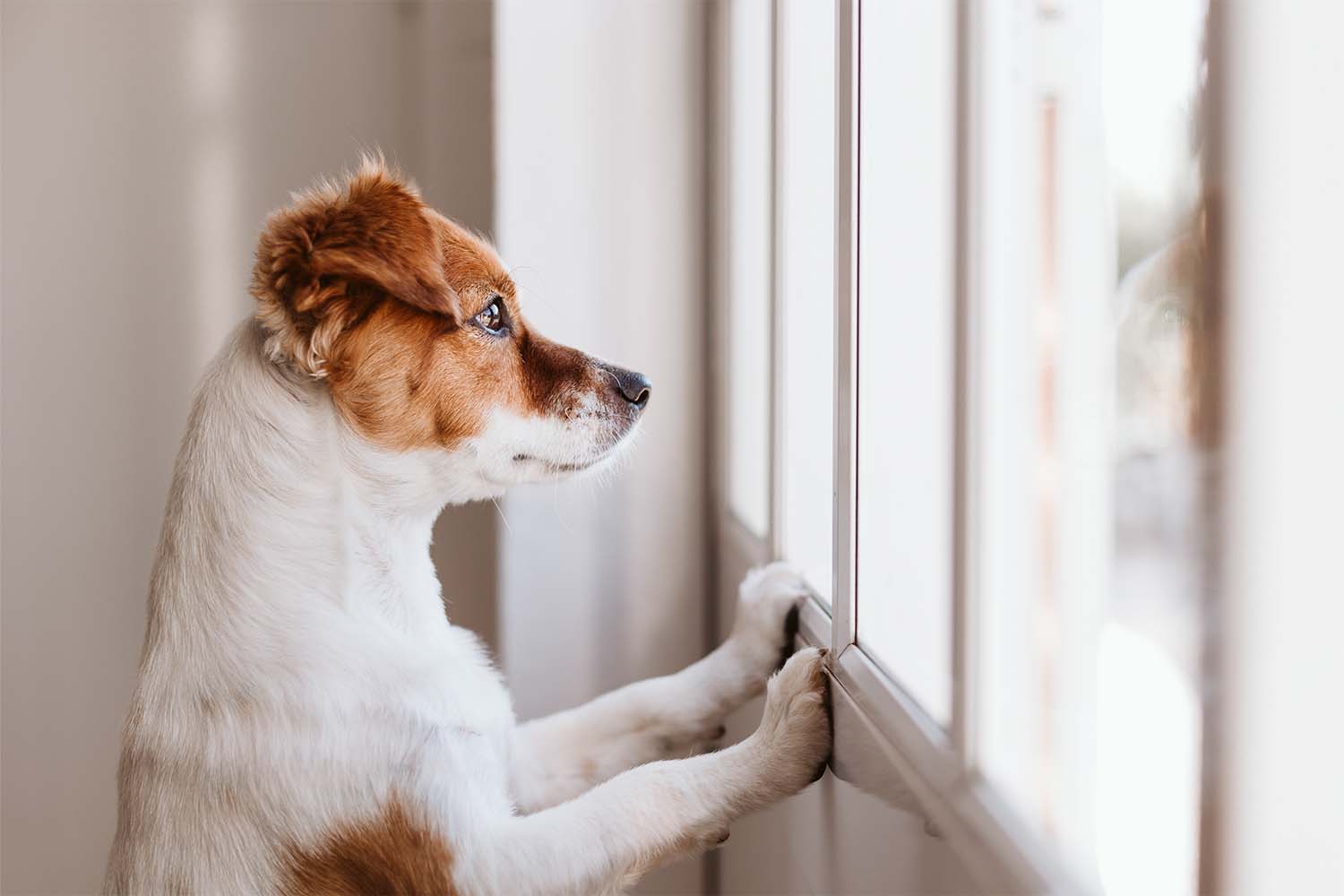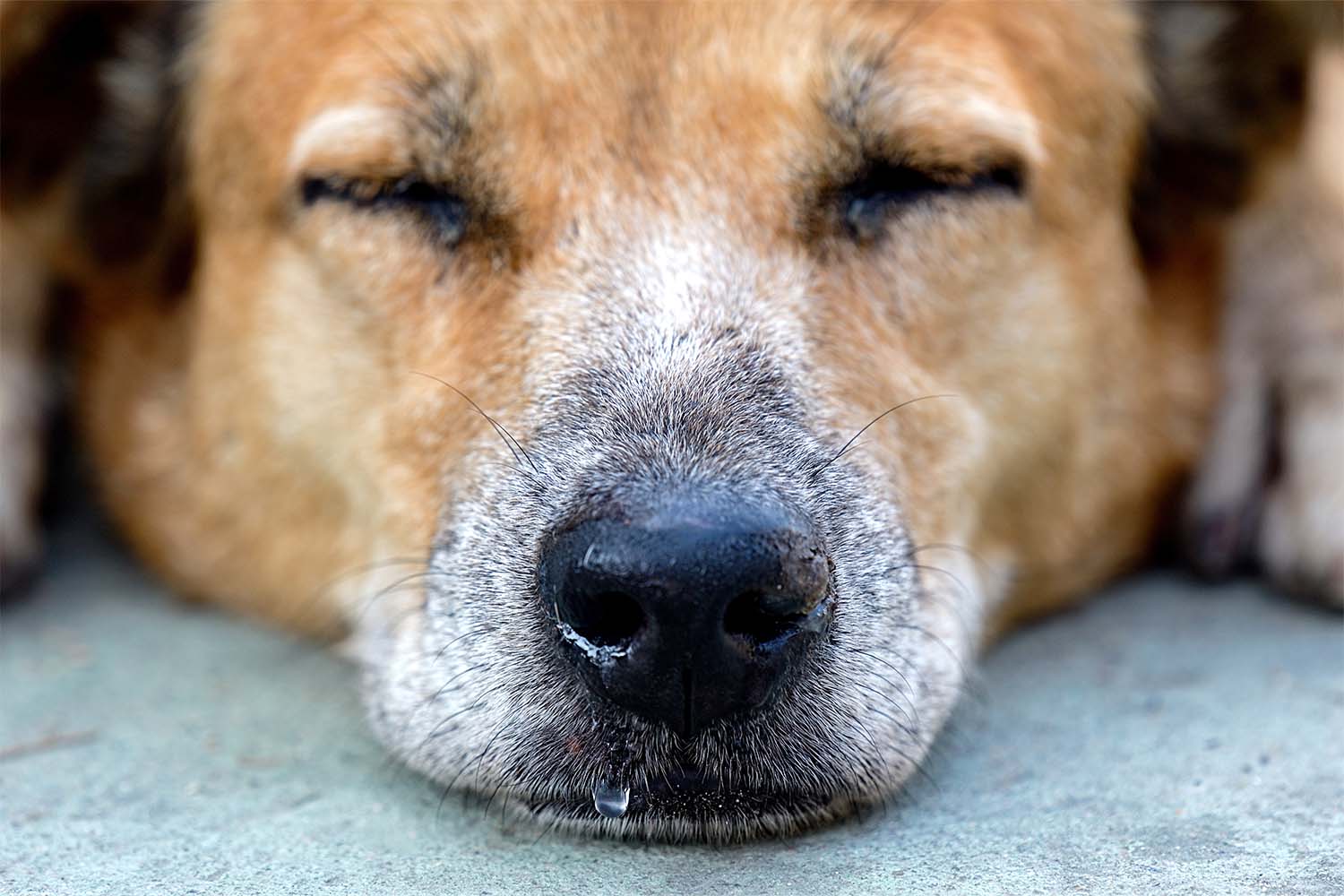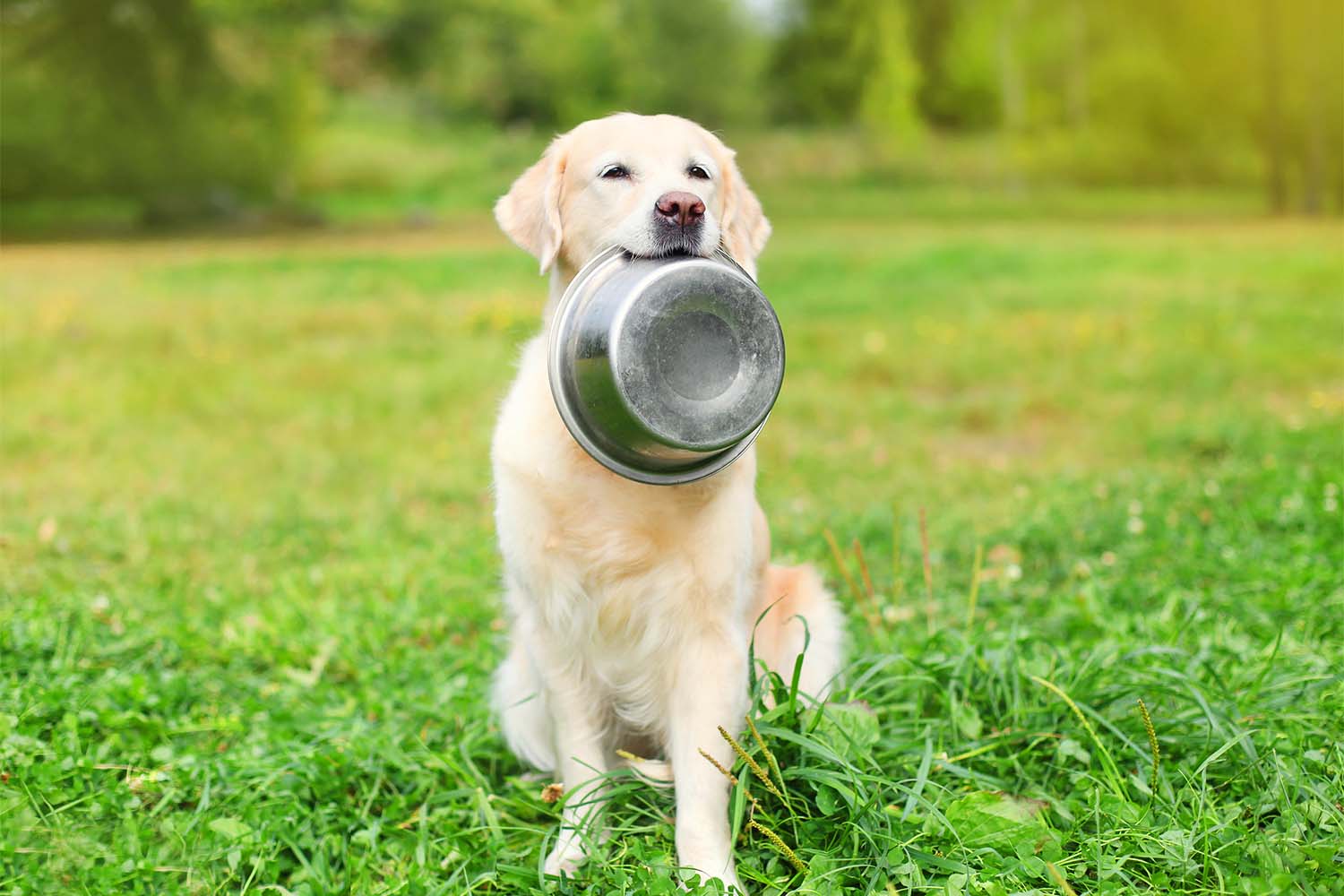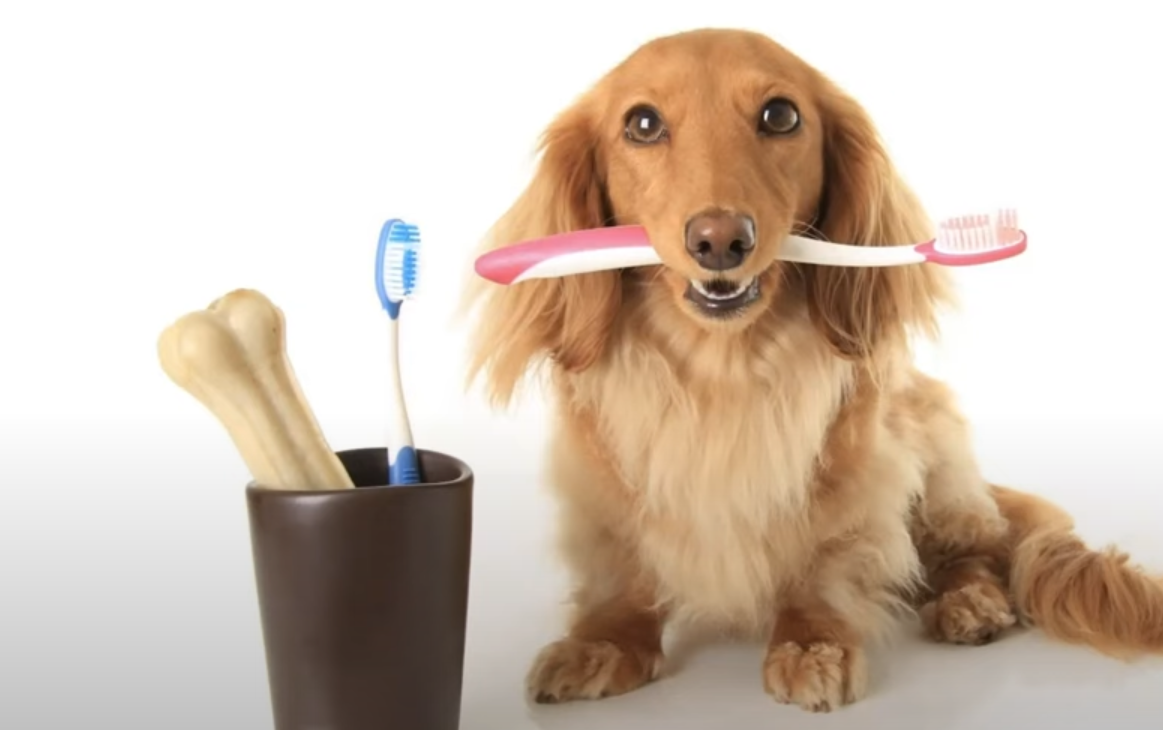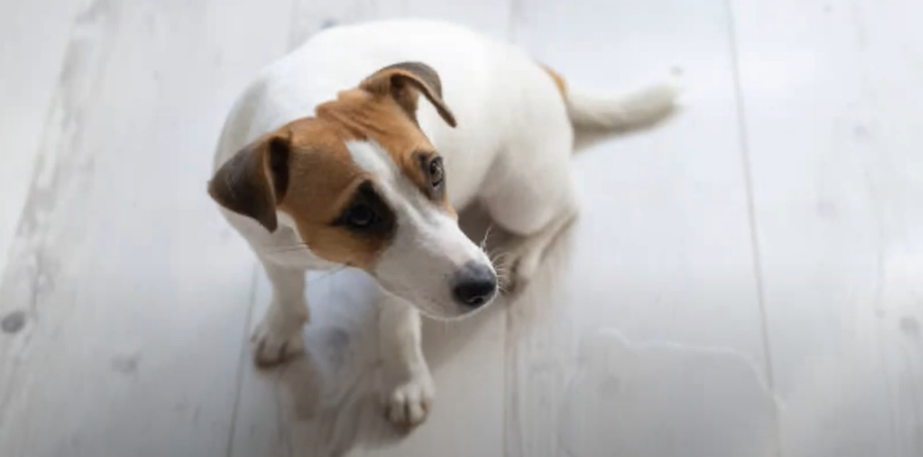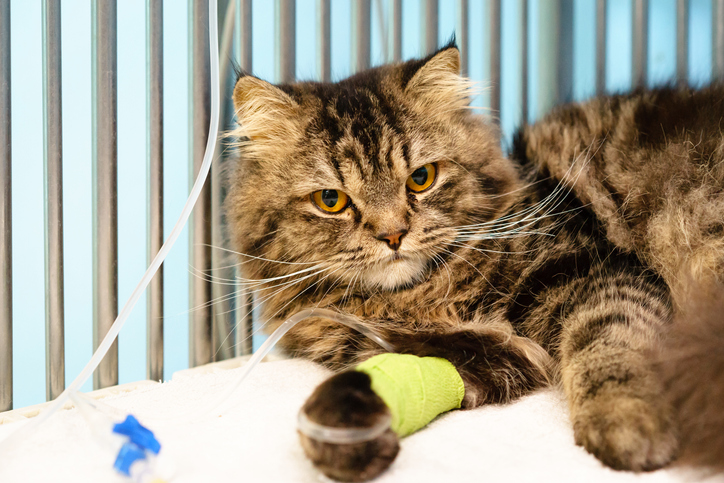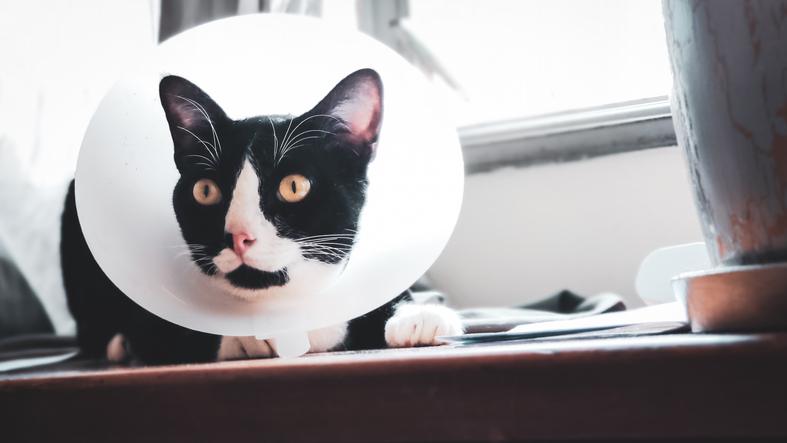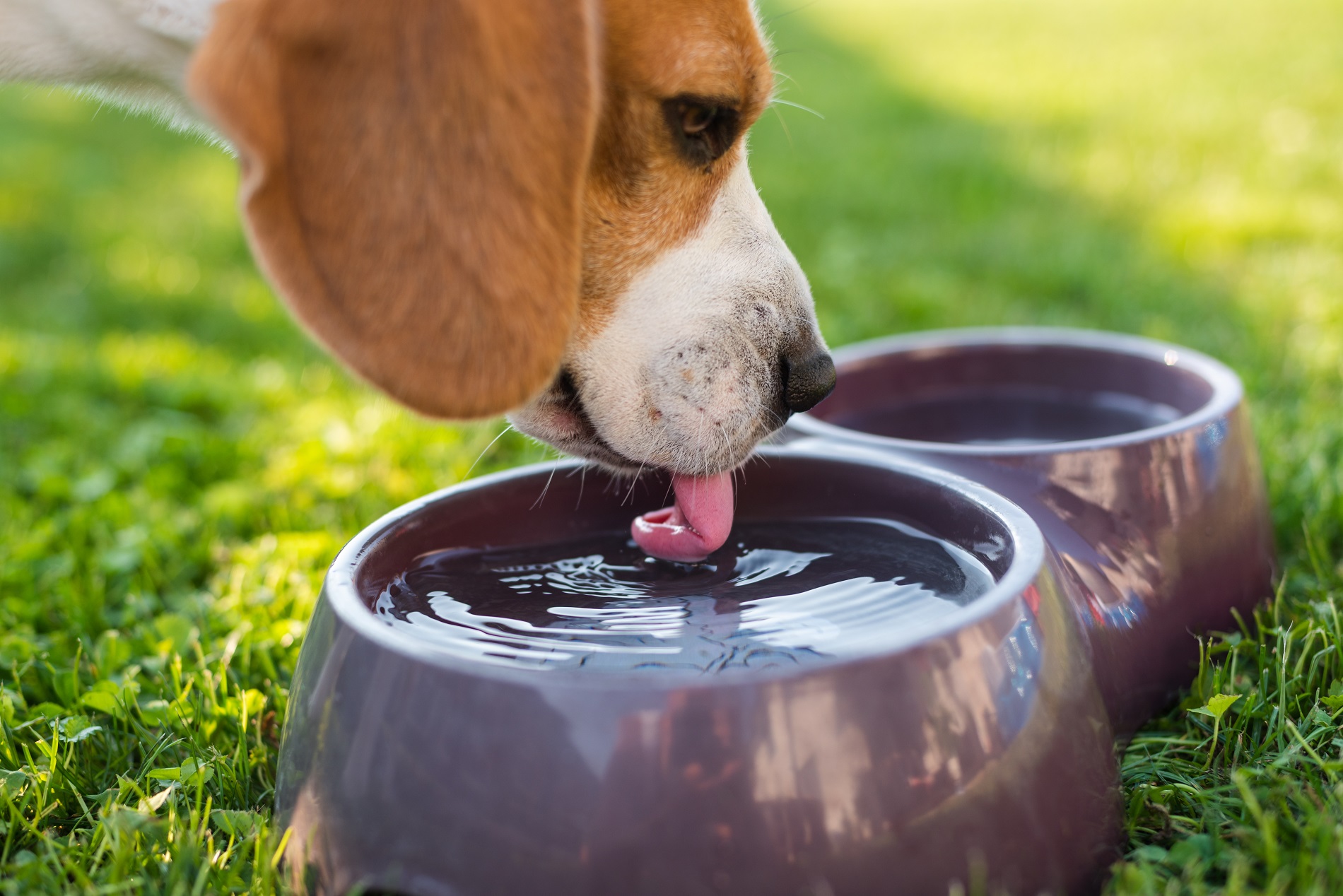Watching your dog suffer in pain can be really difficult. You want to figure out what is wrong and how you can help them as soon as you can. There are some ways to help alleviate your pet’s pain and work with them towards recovery in the comfort of their own home. (However, sometimes medication and treatment are needed.)
Keep reading to learn more about pain relief for dogs and how to make your pet as comfortable as possible.
What Are Common Causes of Pain in Dogs?
Dogs might exhibit signs of pain for a variety of reasons. Some dogs have even been known to fake being hurt to get extra love and attention (not to say that your pet would ever do that, but it’s a possibility).
Dogs are always running around and bumping into things; your pet could likely give themself a minor injury during their everyday goofy lifestyle. Anything can happen at any point in a dog’s life. Only you know what kind of trouble your pup can get into, so you have to be prepared for little hiccups along the way.
Some causes of pain that your dog might experience are:
Injury
Your dog could get a splinter from your hardwood floors, bump their head on the corner of a table and get a cut and bruise, scrape their bellies on concrete or rock as they try to jump over an obstruction in their way… the list could go on and on. And each dog is unique, so their injuries could be all over the place.
Infection
Your dog could have an infection somewhere on or in their body that could be causing them pain, whether it’s an ear infection or a bladder infection. The best way to determine if your dog has an infection of some sort is to get testing done by your veterinarian.
Digestive Issues
If your dog has a blockage in their stomach and they are having difficulty using the bathroom, it can also be very painful. It might be due to issues like ulcers.
Otherwise, different foods or things they consume might be causing stomach pain that’s not related to blockage, but rather the ingredients.
Aging
Another reason your dog might be experiencing chronic pain is if they are becoming an older dog and beginning to feel the effects of aging due to conditions like osteoarthritis. Their bodies might become tired and sore quickly, and they might not have the same energy or stamina.
Possible Signs That Your Dog Is in Pain
You know your dog best. If there is any significant change in their behavior, you will pick up on it. Some signs that your dog is experiencing pain are:
- Increased vocalizations
- Anti-social behavior
- Aggressive behaviors
- Increased licking of the spot
- Stiffness
- Limping
- Reluctance to walk or play
- Increase panting
- Lack of appetite
- Restlessness
Safe Methods To Help Your Dog in Pain
While waiting for your pup to be evaluated in person, keeping your dog confined to a small room or crate is usually the most effective form of pain control.
It’s hard to tell your pet to settle down, so if they try to be active, they need to be kept confined. It’s the easiest way for them to avoid overdoing it and injuring themselves further.
1. Restrict Movement
Dogs should only be taken outside on a leash to prevent them from excitedly chasing animals and people and walk only long enough to use the bathroom before coming right back inside.
As much as we know you want to see your pet play, it’s best to follow the doctor’s orders and keep them calm. As soon as your vet gives you the go-ahead to take them on short walks, you can! But still, prepare for them to be extra excited.
2. Wear the Cone If Recommend
Once evaluated, your pet might be sent home with the “cone of shame.” While they might be displeased, it will help you tremendously if they keep it on as per the doc’s orders. This will keep your pet from irritating their injury, playing too hard, and getting into things they shouldn’t.
3. Cold Compress
Sometimes, an injured area becomes swollen, and it is obvious what part of the body is painful. In these cases, a cold compress may be your pet’s best friend. Place some ice cubes in a baggie, wrap it in a light towel, and hold it gently to the painful area for ten minutes at a time. This can help numb any pain and decrease inflammation.
4. Warm Compress
In some cases, a warm compress may provide more relief than a cold compress. For a warm compress, simply microwave a damp washcloth until it is comfortably warm. (You can test it on the inside of your wrist, just like a baby bottle.)
Place it in a baggie to keep your pet dry, and wrap it in a light towel before gently placing it on the sore area.
5. Physical Therapy
Just like people have physical therapists, dogs do too. These restorative sessions are led by a Canine Rehabilitation Therapist who has been specifically trained in improving pet health.
Common techniques involve the underwater treadmill, a tool often recommended for dogs with arthritis, hip dysplasia, and neurological injuries. Sometimes, this modality is combined with acupuncture.
What Are the Best Pain Medications for Dogs?
If your dog is in pain and you bring them to the vet, they might prescribe pain medication to help ease their discomfort.
Here are some bottles you might come home with:
Doggy NSAIDs
NSAIDs are Nonsteroidal Anti-Inflammatory Drugs that interfere with the body’s production of inflammatory molecules that trigger mild to moderate pain levels. These drugs should always be prescribed because there is potential for problems related to the stomach, liver, kidney, and intestines.
NSAIDs can be used in the short term to control the symptoms of arthritis, joint pain, or after surgery.
If you think that your dog might be having adverse effects from the NSAID they were prescribed, look out for the signs of BEST:
- Behavior changes
- Eating less
- Skin redness, scabs
- Tarry stool/diarrhea/vomiting
Pet Health Supplements
Supplements aren’t something that will solve your pain within an hour. However, some supplements like those with Omega 3 fatty acids, turmeric, or glucosamine can boost your dog’s immunity.
Some supplements have anti-inflammatory properties (like joint supplements), which can provide natural pain relief as they build up and protect you in the long run. Starting your dogs on supplements geared towards helping their specific pain can bring relief to them over time. Make sure to check in with your vet about the supplements you research.
What Other Medications Can I Give My Dog for Pain?
If your dog is prescribed an NSAID, they likely won’t need any other painkillers, but their DVM might prescribe a few other kinds of medication. Two common drugs to be prescribed are gabapentin and tramadol. Other popular options include: deracoxib (Deramaxx), firocoxib (Previcox), and Metacam.
Gabapentin treats pain from damaged nerves and might make your dog feel a little drowsy. This is usually prescribed along with other medications.
Tramadol is a painkiller that partly works like an opioid medication. This is usually given to pets with high anxiety or constant pain. Especially as a pet ages, this is more likely to be prescribed to help with the discomfort.
Can I Give My Dog Human Pain Medication?
Dogs should never receive human pain medication. Unfortunately, there are no safe over-the-counter medications that you can give your dog. In fact, most human pain medications are toxic to pets—and, in some cases, can even cause kidney failure and liver toxicity.
These human pain reliever medications include (but are not limited to) aspirin, Advil, Aleve/naproxen, ibuprofen, and Tylenol/acetaminophen. Dogs process drugs differently than people (and different from each other!), which can cause unwanted side effects, so stick with the pain medication that your veterinarian prescribes.
Can Dogs Take Benadryl or Antihistamines?
You may be tempted to reach for some Benadryl to help relieve your itching, and you might have heard that it works on pets. Although Benadryl is generally safe in dogs (at a very different dose than used for people), it is only effective for itching in less than half of all dogs.
Other over-the-counter antihistamines are safe for dogs and may be more effective. Even though they still don’t work as well as prescription medications, sometimes they can help just enough to give your pet comfort until their vet visit.
If your dog has repeated episodes of itchy skin, ask your family veterinarian for a dosage of an over-the-counter antihistamine that is safe for your pet to have for future flare-ups. Write down the drug name, tablet size, and dosage, as well as the date your vet made the recommendation, and place it in your medicine cabinet for future reference.
Knowing how much Benadryl is safe to give your pet in case of a severe allergic reaction is always good information to have—so make sure to ask your vet about Benadryl, too.
If your vet gives you the go-ahead for one type of medication, always stick to that. Opting for a “non-drowsy” or another seemingly-similar version can be dangerous to your pup.
The Support You Need, Whenever You Want
You won’t always have the answers about your dog’s health and wellness when you need them, but with AskVet, it’s a whole lot easier to get them. You can have access to 24/7 care from AskVet’s highly trained Certified Pet Lifestyle Coaches™, who can work with your dog’s specific needs.
When you sign up for an AskVet membership you can reach a veterinary professionals ask any question about your pet that you might have, as well as set up a plan to best take care of them. Schedule an appointment on the website with a coach who can answer any questions and guide you through a personalized plan for your pet. With t24/7 veterinary support, coaching sessions, and complimentary One Pet ID tag, pet parenthood has never been easier!
Sources:
Pain and Problem Behavior in Cats and Dogs | NCBI
Treating Pain in Your Dog | FDA
2015 AAHA/AAFP Pain Management Guidelines for Dogs and Cats* | American Animal Hospital Association


